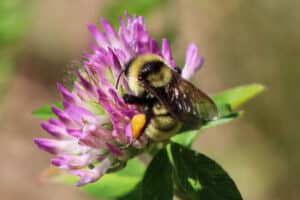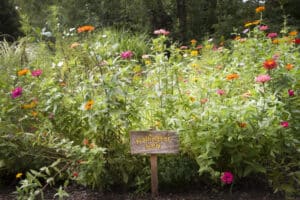 Your Guide to Creating a Buzzworthy Backyard
Your Guide to Creating a Buzzworthy BackyardAre you wanting to plant a pollinator friendly garden? Well, we’re happy to report that every garden can be a vibrant haven for pollinators. Not only do these amazing creatures help our plants thrive, but they also contribute to biodiversity and the overall health of our ecosystems. So, let’s roll up our sleeves and dive into the delightful world of creating a pollinator friendly garden!
Before we get into the nitty-gritty of garden planning, let’s take a moment to appreciate our buzzing friends. Pollinators, including bees, butterflies, hummingbirds, and even some bats, are essential for the reproduction of many plants. In fact, it’s estimated that about one-third of the food we consume depends on pollination. (“Study Finds Link Between Global Warming And Sharp Decline In Bee Population”) By nurturing a pollinator friendly garden, you’re not only helping your local fauna but also enhancing your own gardening experience.
When it comes to attracting pollinators, plant choice is key! Here’s how you can select the best blooms for your pollinator friendly garden:
 Pollinators need more than just food; they also require safe spaces to rest and nest. Here are some tips to create a welcoming environment:
Pollinators need more than just food; they also require safe spaces to rest and nest. Here are some tips to create a welcoming environment:
One of the best ways to protect pollinators is to avoid using pesticides and herbicides. These contain chemicals that are harmful to bees and other beneficial insects. (“Why We Need Bees – Heifer International”) Instead, when planting a pollinator friendly garden consider organic alternatives or natural pest control methods. Healthy soil and biodiversity can help keep pests in check!
Finally, the more time you spend in your pollinator friendly garden, the more you’ll appreciate its beauty and the creatures that inhabit it. Grab a chair, sip on some lemonade, and watch the magic unfold as bees buzz and butterflies flutter around your blooms.
Creating a pollinator friendly garden is not only beneficial for our ecosystem but also incredibly rewarding for you as a gardener. At River Bottom Nursery, we’re here to help you every step of the way. Stop by to explore our wide variety of native plants and gather tips from our knowledgeable staff.
Let’s create gardens that buzz with life! Happy gardening!